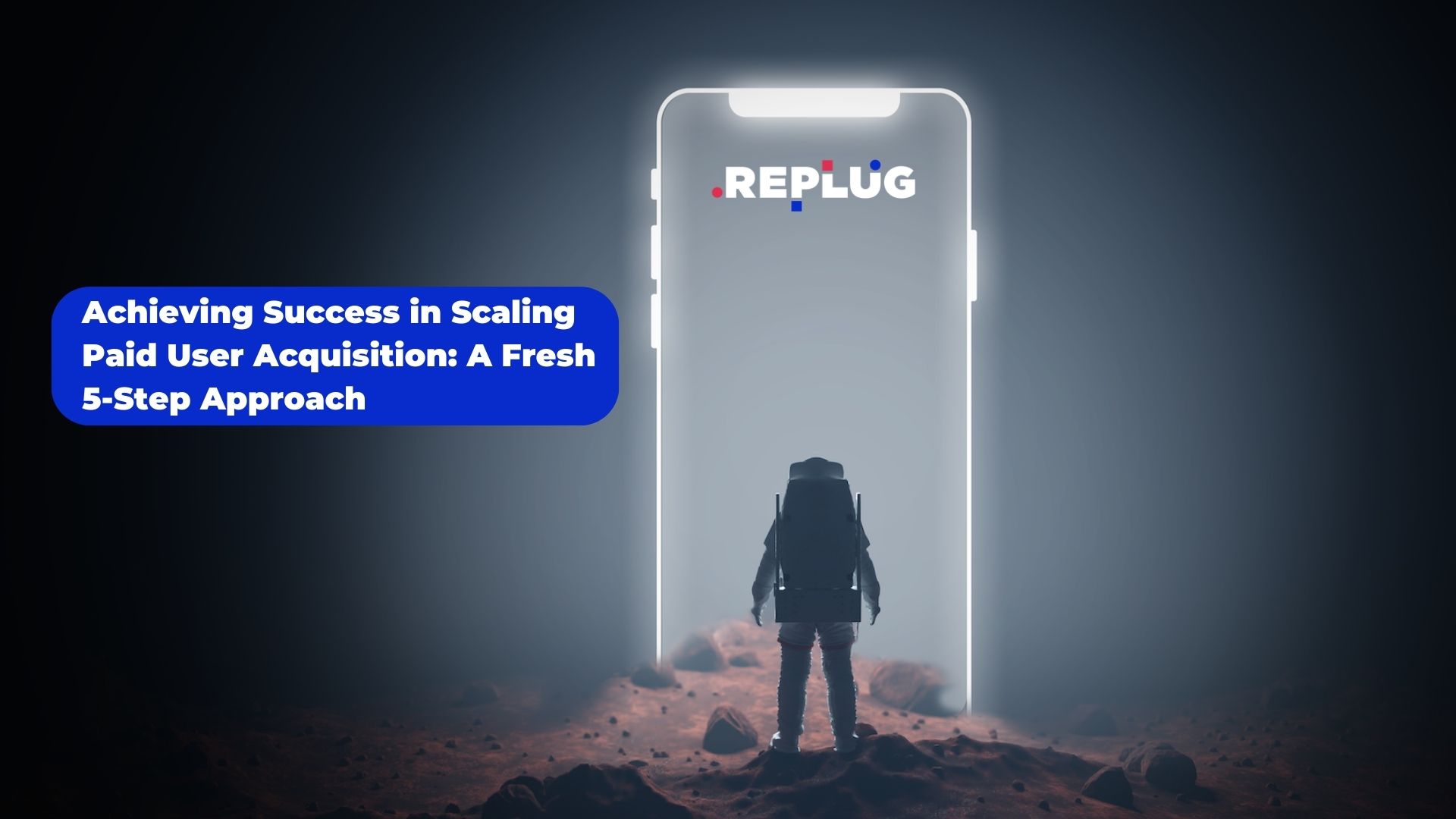Mobile marketing meets sportswear: The power of digital triggers
- Monday, August 15th, 2022
- Share this article:
Jeremy Bauer, General Manager of Embelex, Avery Dennison, looks at the marketing opportunities presented by connected sportswear.
 Sports fandom is becoming increasingly digitalised and mobile-centric. England’s historic win over Germany in the Euro 2022 final in July attracted a peak TV audience of over 17 million in the UK. But in addition to the TV broadcast, there were 5.9m streams across the BBC iPlayer and BBC Sport website and app, it was reported.
Sports fandom is becoming increasingly digitalised and mobile-centric. England’s historic win over Germany in the Euro 2022 final in July attracted a peak TV audience of over 17 million in the UK. But in addition to the TV broadcast, there were 5.9m streams across the BBC iPlayer and BBC Sport website and app, it was reported.
What’s more, Nielsen estimates that 40.7 per cent of global sports fans choose to stream live sports events digitally, often through smartphones. Mobiles, literally in the palm of fans’ hands, are a gateway to exciting new marketing opportunities. And as ‘Web3 fandom’ grows in popularity, with clubs like Everton launching digital shirts to be worn on Evertonians’ avatars in the Metaverse, the hyper-immersive online fan experience is hotting up.
So, what’s the game plan for clubs, apparel brands and sponsors wishing to capitalise on sports-related mobile marketing? And how can the humble sports shirt get in on the action?
Embellished garments are digital portals
Marketing techniques have evolved in the last decade, with teams and sports apparel brands eager to delight and entertain their target audiences online, as well as off. Sports shirts, scarfs, and other branded ‘merch’ items can become digital portals in their own right. With the advent of IoT it’s possible to digitally enable physical embellishments on garments, for instance, embedding smart embellishments into heat transfer team numbers and logos on sports jerseys. QR codes can also be heat transfer-printed into shirts or included on care labels and packaging. With a simple smartphone scan, the jersey owner can access an app or direct webpage, and ‘unlock’ everything their team needs to celebrate its name and create unique digital experiences and offers.
Rich content and campaigns worth sharing
It’s already happening. Today, every team in England’s Premier League wears shirts that are digitally-connected. Fans buying replicas need only scan the player name, number or Premier League lion logo with their smartphone to connect to exclusive ‘hidden’ content online and be in with a chance of winning prizes, such as the Premier League’s Hall of Fame shirt, a popular competition which ran last season.
Creative digital marketing through physical products connected to smartphones can stimulate fan engagement. This can potentially lead to powerful brand-building, additional sales and social media sharing – driving traffic to a brand or team website.
With over 6bn smartphone users worldwide, according to Statista, this presents an exciting opportunity that mobile marketers can’t ignore. Sports teams can capitalise on this landscape by providing personalised experiences which allow people to interact with the brand on a deeper level. One study form Epsilon found that consumers are 80 per cent more likely to purchase a product or service if a brand offers personalised experiences.
Connecting with fans, building communities
One great example of a mobile marketing initiative designed to engage with fans on an emotional, intimate level is Common Goal’s tie up with SoccerBible last year.
Common Goal is a non-profit organisation working to provide access to sports to under-served communities. The organisation’s first football kit featured a heat transfer QR code on the inside of the shirt, supplied by Avery Dennison’s specialist embellishment division Embelex. A scan of this directed consumers to a “Thank you” message from Common Goal co-founder and ex-Manchester United player, Juan Mata.
On another level, social media will increasingly be used to amplify campaigns like this. Platforms like TikTok, Instagram and Facebook provide a space where fans can join in the fun and share their experiences with others through images, videos, and live chats. Local sports clubs will be able to support their communities and encourage more participation if engagement through these digital channels becomes the norm. With TikTok sponsoring the Women’s Euros 2022, we can see just how strong the ties between sports and social media have become, and how rapidly new fan bases can build up.
Mobile sports marketing will escalate
Is the demand there yet? Everyday use of ‘digital triggers’ like QR codes is certainly rising. Insider Intelligence predicts that smartphone users scanning QR codes in the US will continue to increase from 83.4m in 2022 to 99.5m in 2025.
This is good news for proactive sports teams eager to use this emerging channel to offer rewards, access to exclusive merchandise or events, and the chance to win tickets. It’s likely sponsors will get involved too, dreaming up fun incentives and giving sports fans a reason to engage in scannable smart garments.
Add-on benefits of ‘connected’ jerseys
For clothing manufacturers, digital triggers in apparel also have applications in supply chains, where they can help to track the lifecycles of products. If each item of apparel has an embedded ‘digital passport’, brands can use the data they gather over time to drive efficiencies. Data will also inform the success of mobile marketing campaigns, and help brands and sports teams finetune their campaign content and execution.
There’s a sustainability benefit too. ‘Conscious consumers’ today want more and more information about the provenance of the apparel they buy and advice on how to look after and recycle their clothes. Providing transparency about materials, carbon footprint, product features and even a care guide for sports shirts will help sports clubs play a responsible role in the circular economy.
Equally, smart features embedded in sports shirt embellishments can help with brand protection. If garments have digital IDs, it becomes easier to combat fake fashion and prove the authenticity of products by scanning them, linking to legitimate URLs of brands and suppliers.
Sportswear as an interactive creative canvas
The sports marketing industry has an opportunity to take fan engagement to a whole new level through IoT and data capture. It’s a new idea, but I believe digital embellishments on sports shirts will become an important channel for creating positive fan experiences, and engendering loyalty and community involvement.
Staying ahead of trends like this, adapting approaches and trialling new technology is essential for sports clubs and sportswear brands to stay current with technology-led consumer behaviour. To make sure this new breed of mobile marketing aligns with what sports fans want regarding content, it’s vital to keep listening, learning and improving. If you are doing this, you’ll be match fit for the future in no time.
















